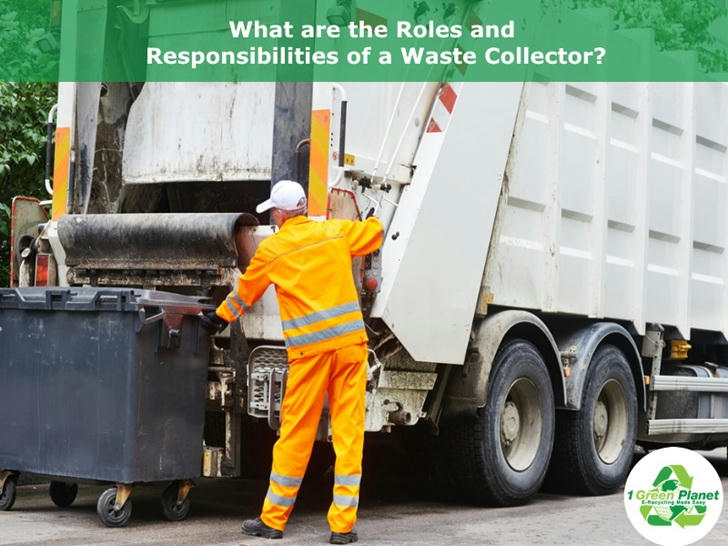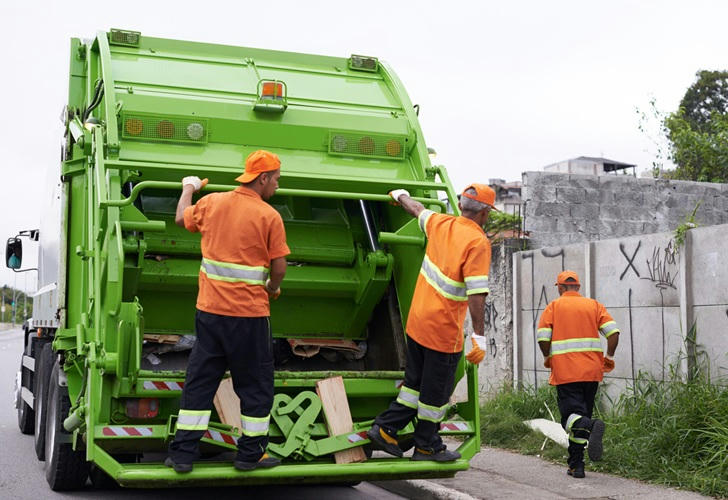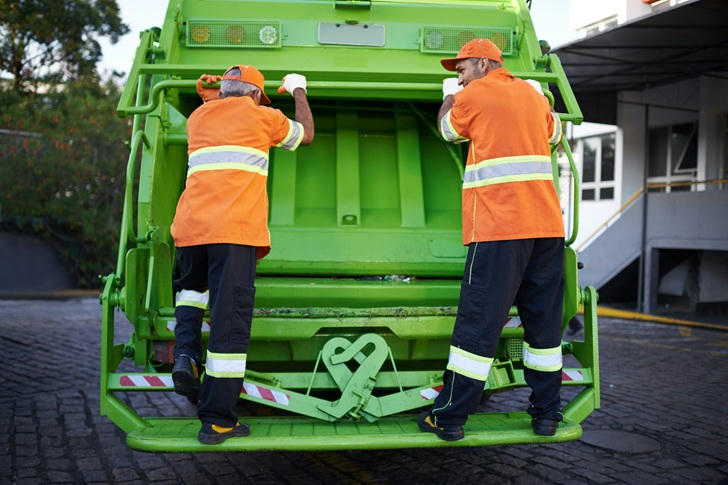Understanding the Role of Garbage Collectors in Modern Waste Management
Garbage collectors, also known as sanitation workers or refuse collectors, play a crucial role in maintaining public health and environmental cleanliness. Although often underappreciated, their work is essential for the daily functioning of communities and cities. Modern waste management systems heavily rely on the consistent and effective efforts of these frontline workers to handle the increasing volume of waste generated by households, businesses, and institutions.

Daily Responsibilities of Garbage Collectors
Garbage collectors are responsible for collecting and transporting waste from residential, commercial, and industrial areas to designated disposal or processing facilities. Their daily tasks typically include driving collection trucks, lifting and emptying bins into these vehicles, and ensuring that waste is sorted according to type—such as general trash, recyclables, or hazardous materials. In many municipalities, workers also assist with curbside recycling, compost collection, and bulk item pickups.
The work schedule for garbage collectors often begins early in the morning and may involve long hours, especially in large urban centers. The job requires physical stamina and attention to safety protocols, particularly when dealing with potentially dangerous or unsanitary waste.
Importance to Public Health and the Environment
Proper waste collection is vital to prevent the spread of disease and contamination. Accumulated garbage can attract pests such as rats and insects, which are carriers of numerous health hazards. Moreover, uncollected waste can contaminate soil and water sources, leading to broader environmental issues.
Garbage collectors help ensure that waste is removed promptly and efficiently, reducing risks to human health and promoting a cleaner living environment. Their role also contributes to environmental sustainability by supporting the proper segregation and disposal of recyclables and compostables, thereby reducing the burden on landfills.

Tools and Equipment Used on the Job
Garbage collection has evolved significantly with advancements in technology and safety standards. Today, many sanitation workers use mechanized lifting systems that reduce the physical strain of lifting heavy bins. Modern garbage trucks are often equipped with compactors that allow more waste to be collected in a single trip, increasing efficiency.
Workers typically wear protective gear such as gloves, steel-toed boots, and high-visibility vests. In some cases, they may also use handheld devices or GPS systems to track routes, report issues, and record data about collected waste.
Training and Qualifications
While a high school diploma is often sufficient to start a career in waste collection, some employers require additional certifications, especially for operating heavy machinery or driving commercial vehicles. A valid commercial driver’s license (CDL) is usually needed for those who operate garbage trucks.
Training programs, either on-the-job or through formal institutions, cover important topics such as safety procedures, equipment operation, and waste classification. These programs ensure that workers understand how to handle various types of waste responsibly and in compliance with environmental regulations.
Workplace Hazards and Safety Measures
Garbage collection is a physically demanding and sometimes hazardous job. Workers face risks such as lifting injuries, exposure to sharp objects, hazardous chemicals, and unpredictable traffic conditions. To mitigate these risks, strict safety guidelines are in place. Workers receive training in lifting techniques, use of protective equipment, and awareness of potential hazards.
Many waste management companies also invest in regular maintenance of equipment and enforce workplace safety policies to protect their employees. Monitoring systems and emergency protocols further contribute to a safer work environment.
Career Outlook and Advancement Opportunities
The demand for garbage collectors is steady and expected to grow in line with population increases and expanding urban areas. According to labor statistics from various countries, the waste collection sector offers stable employment and benefits such as healthcare and retirement plans.
With experience, garbage collectors may move into supervisory or administrative roles, such as route managers or environmental compliance officers. Additional certifications can also open doors to specialized positions in hazardous waste handling or recycling plant operations.
Social Perception and the Need for Recognition
Despite the importance of their work, garbage collectors often face social stigma and lack of appreciation. Public education about the significance of waste management and the contributions of sanitation workers can help change this perception.
Recognizing their essential role not only uplifts workers but also encourages a more cooperative public attitude toward waste reduction and proper disposal practices. Community initiatives, awareness campaigns, and policy support are key factors in promoting respect for this profession.

The Future of Waste Management Jobs
As technology continues to evolve, the role of garbage collectors is also changing. Automation, smart waste sorting systems, and electric collection vehicles are increasingly becoming part of the industry. While some fear that automation may reduce job opportunities, it is more likely that the role will shift toward monitoring and managing these new systems.
Sanitation workers may need to adapt by acquiring technical skills and familiarity with digital tools. This transition offers an opportunity for upskilling and redefining the profession in line with environmental goals and sustainability initiatives.
Conclusion
Garbage collectors are an indispensable part of modern society. Their work ensures public health, environmental safety, and urban functionality. By understanding the scope of their responsibilities and the challenges they face, we can better appreciate the essential services they provide. As waste management continues to evolve, so too will the role of garbage collectors, requiring ongoing support, training, and recognition to keep our communities clean and sustainable.
